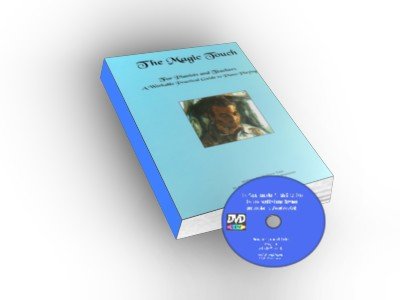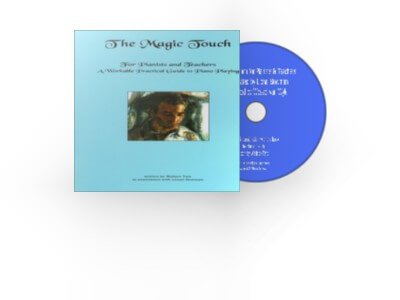Admittedly, this is a question that has way too many variables to answer fully. I will, however, concentrate on some common problems, being the way that a pianist approaches the keyboard, so that they may enhance their physique, and play with less injuries.
The injuries I am most referring to are cases of tendonitis, and muscular strain. It would be safe to say that most pianist have suffered from tendonitis at some stage, through their careers, and this is mostly due to the technique that they will be using to play the piano. In an ideal world, the pianist will always have their hands and fingers at exactly ninety degrees to the keyboard, but this is often not the case. The reasons include the fact there are multiple octaves, and the pianist is typically seated at one place on the piano stool.
To overcome these problems, at least to some degree, the pianist needs to be as relaxed as possible, particularly in the arms and hands, with the strength of the fingers delivering much of the power in the note playing. In addition, the hips need to be as relaxed and agile as possible, to facilitate easy movement of the torso, at least to a point, to adjust the body left or right, to allow greater area where the hands can be as close as possible to right angles to the keyboard. Whilst these techniques will aid any piano player, I can relate to specific experimentation and trial and error by the Late Professor Lionel Bowman, who came up with the Bowman method, after having to re learn a style to play the piano, to minimise the great tendonitis he suffered from, as well as other muscular problems.
As part of his method, the technique includes the right finger and hand positioning on the keyboard, often referred to as the 'cobra' position. This requires the hand to be placed with the wrist near the edge of the keyboard, and the fingers placed on the keys where they can also slide back, towards the pianist, and moving the wrist downward. Doing this, particularly during practice, will give the pianist the opportunity to test various pressure levels, of the fingers on the keys, and ultimately, to deliver a superior sound, through strengthened fingers. In addition to this playing method, it has also been suggested as an important part of practice, to 'play' on the lid of the piano, or other, hard, wooden surface. The reason for this being that you need greater strength, and force in your fingers to produce a sound from a piece of wood, than from the piano keys. In other words, if you can sound the piece from the wood, you can certainly do so from the keys, but not necessarily the other way around. This is a part of the Bowman method for strengthening the fingers.
I am deliberately emphasising the strength issue, as this small improvement will contribute wonders to a reduced strain on the rest of the body's muscular system in the hands and arms. As a general rule, when the strength is maximised in the fingers, and the hands and arms are relaxed, and well positioned, the strength can transfer to the keys, without building up as a tension in the arm and wrist, and aid the reduction, if not elimination of tendonitis. Like most things, it requires practice to master the skill. I recommend learning something completely new, as this will be with a new mind set, rather than trying first to unlearn a particular piece, which can be twice as hard. To prove the point, learn something new, applying these principles, and see the change for yourself.
As a side issue, some pianists have also participated in general gymnasium training, where they have found their improved physique has helped them move with more ease 'around' the piano, with less strain.
Are you able to store your piano performances for future listening? Have you been having trouble recording your piano performances , for the long term? Not only can you record your performances, but also gain an enhanced comfort and improvement in your playing, with less stress and injury. To learn more, see the therapeutic techniques that are possible for classical pianists.



